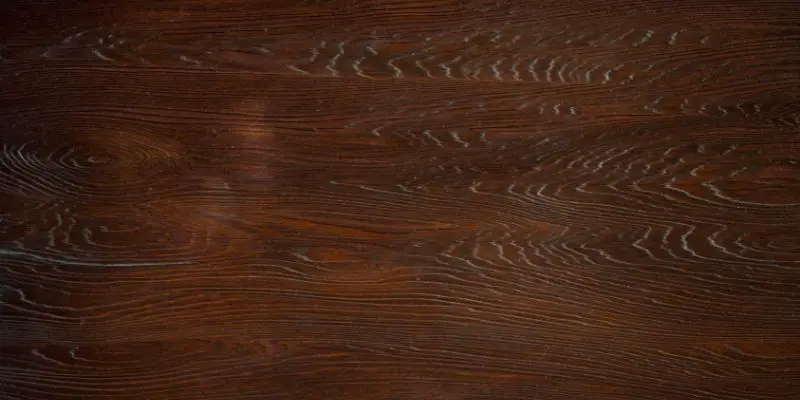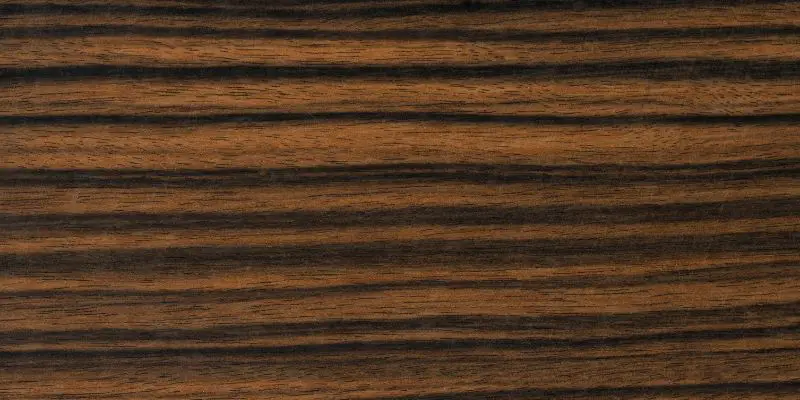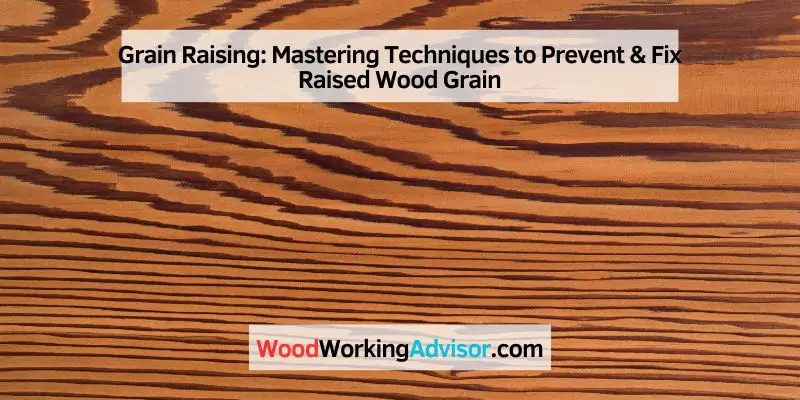Grain raising can be prevented and fixed by using a damp sponge or cloth to lightly sand the wood and raise the grain, and then sanding it again once it dries. Grain raising is a common issue in woodworking, where the wood fibers swell and create a rough and uneven surface.
This can happen when applying water-based finishes or when the wood comes into contact with water. It can be frustrating, but fortunately, there are simple steps you can take to prevent and fix raised wood grain. We will discuss how to tackle this problem effectively, using techniques that will help you achieve a smooth and professional finish.
By following these methods, you can ensure that your woodworking projects are free from the pesky issue of grain raising. Read on to learn more!
Causes Of Raised Wood Grain
There are several factors that can cause raised wood grain, leading to an unsightly and rough surface. By understanding these causes, you can take proactive steps to prevent and fix this issue, ensuring your wood surfaces remain smooth and polished.
Humidity And Moisture
High humidity levels can wreak havoc on wood surfaces, causing the grain to raise and creating a rough texture. When wood absorbs moisture from the environment, it expands, leading to the raised grain. Similarly, excessive moisture exposure, such as spills or leaks, can cause the wood to swell and the grain to become uneven.
To prevent raised wood grain due to humidity and moisture, it is essential to maintain a well-ventilated space and ensure effective moisture control. Using dehumidifiers or air conditioners can help regulate the humidity levels, thereby reducing the likelihood of raised grain.
Improper Sanding Techniques
The way you sand your wood surfaces can also contribute to the occurrence of raised grain. If the sanding technique is too aggressive or uneven, it can cause the wood fibers to become uneven, resulting in raised grain. Additionally, using a grit that is too coarse or skipping grits during sanding can exacerbate the problem.
To prevent raised wood grain caused by improper sanding techniques, make sure to sand in the direction of the wood grain using smooth and consistent movements. Start with a coarse grit sandpaper to remove any imperfections, then gradually move to finer grits for a polished finish. It is important to sand evenly and avoid applying too much pressure, allowing the wood fibers to remain smooth and intact.

Preventing Raised Wood Grain
Prevent and fix raised wood grain by following these simple steps. With careful treatment, you can eliminate grain raising for a smooth finish on wood surfaces.
Controlling Humidity Levels
One of the primary causes of raised wood grain is fluctuating humidity levels. When the humidity is high, wood absorbs moisture and swells, causing the grain to rise. Conversely, when the humidity is low, the moisture in the wood evaporates, leading to shrinkage and again, raised grain. To prevent this issue, it is essential to maintain consistent humidity levels in your home or workspace.
To control humidity levels, you can:
- Use a dehumidifier in areas with high humidity, especially during humid seasons.
- Install a humidifier in drier environments, especially during winter months when heating systems tend to dry out the air.
- Avoid placing wood furniture or items near sources of high humidity, such as bathrooms or kitchens.
- Keep doors and windows closed during periods of high humidity.
- Use a hygrometer to monitor humidity levels and make necessary adjustments to maintain an optimal environment for your wood.
Proper Sanding And Preparation
Another crucial aspect of preventing raised wood grain is proper sanding and preparation. Before applying any finishes or stains, it is vital to prepare the wood surface adequately. This ensures a smooth finish and minimizes the risk of raised grain. Here are some tips to follow:
- Start by choosing the right sandpaper grit for the task. Coarse sandpaper helps in removing imperfections, while finer grits create a smooth surface.
- Sand with the grain to avoid roughing up the wood fibers, which can lead to raised grain.
- Remove any existing finishes, paints, or sealants that may interfere with proper adhesion and cause raised grain.
- After sanding, use a tack cloth or a vacuum to remove all dust particles. Any dust left on the surface can become trapped under the finish and result in an inconsistent appearance.
- If necessary, apply a wood conditioner before staining or finishing. This helps seal the wood and prevents excessive absorption of the finish, reducing the risk of raised grain.
Fixing Raised Wood Grain
Fixing raised wood grain is an important step in maintaining the beauty and longevity of your wooden furniture or surfaces. Whether you are working with hardwood floors, cabinets, or even a wooden tabletop, raised wood grain can make the surface rough and unattractive. If left untreated, it may even lead to more serious issues such as cracking or splitting. In this section, we will discuss how to identify raised wood grain and explore effective methods for fixing this common problem.
Identifying Raised Wood Grain
Identifying raised wood grain is the first step toward fixing the issue. Although it may seem obvious, it’s important to closely examine the surface to determine if the grain is indeed raised. Raised wood grain commonly appears as a rough or bumpy texture that deviates from the smoothness of the rest of the surface. Additionally, you may notice that the affected area absorbs more finish or stain compared to the surrounding wood, resulting in an uneven appearance.

Methods For Fixing Raised Wood Grain
Once you have identified raised wood grain, there are several methods you can employ to restore the smoothness of the surface. These methods are relatively simple and can be done with basic tools and materials.
| Method | Description |
|---|---|
| Sanding | Sanding is the most common and effective method for fixing raised wood grain. Start by using a fine-grit sandpaper to gently sand the raised area, following the direction of the grain. Gradually move to finer grit sandpaper until the surface is smooth and the raised grain is no longer noticeable. |
| Moisture Application | If the raised wood grain is minor, you can try using a moisture-based method. Apply a damp cloth or sponge to the affected area, making sure it is damp but not soaking wet. Allow the moisture to penetrate the wood for a few minutes before drying the surface with a clean cloth. This method can help the wood fibers expand and even out, reducing the appearance of raised grain. |
| Applying Wood Grain Filler | If sanding or moisture application doesn’t fully resolve the issue, you can consider using wood grain filler. This product is specifically designed to fill in the pores and gaps in wood grain. Apply the filler using a putty knife or scraper, making sure to follow the manufacturer’s instructions. Once the filler has dried, sand the surface again to achieve a smooth finish. |
Remember, maintaining a smooth and even surface is crucial for the aesthetic appeal and durability of your wooden surfaces. By identifying and addressing raised wood grain promptly, you can ensure they remain beautiful and protected for years to come.
Conclusion
To prevent and fix raised wood grain, proper moisture management is crucial. By ensuring the wood is properly sealed and protected, you can minimize the risk of grain raising. Regular sanding and using a quality finish will also help to maintain the smoothness of your wood surfaces.
Remember, staying proactive in preventing grain raising will save you time and effort in the long run. Say goodbye to raised wood grain and hello to a flawless finish!



5 thoughts on “Grain Raising: Mastering Techniques to Prevent & Fix Raised Wood Grain”